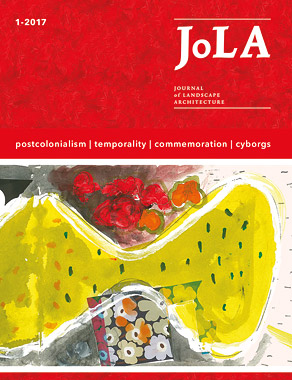SCAPE’s work has been featured a recent article in the Journal of Landscape Architecture (JoLA) by Kees Lokman, titled “Cyborg Landscapes: Choreographing resilient interactions between infrastructure, ecology, and society”.
In response to ongoing urbanism combined with the challenges of climate change, resource scarcity and environmental decline, Lokman conceptualizes cyborg landscapes as a framework where mutually dependent relationships between humans and non-humans, as well as living and non-living things, create landscapes that are opportunistic, adaptive, and ever-changing.
As one of three examples of cyborg landscapes, Oyster-tecture envisions a landscape with more dynamic relations among humans, nonhumans, and infrastructure through a living reef that supports an intertidal marine habitat, attenuates waves, and cleans harbor water. SCAPE’s Living Breakwaters project, continuing many of the ideas from Oyster-tecture, is significant in that it is currently in 60% design phase and moving towards implementation.
Read the full JoLA article here.

